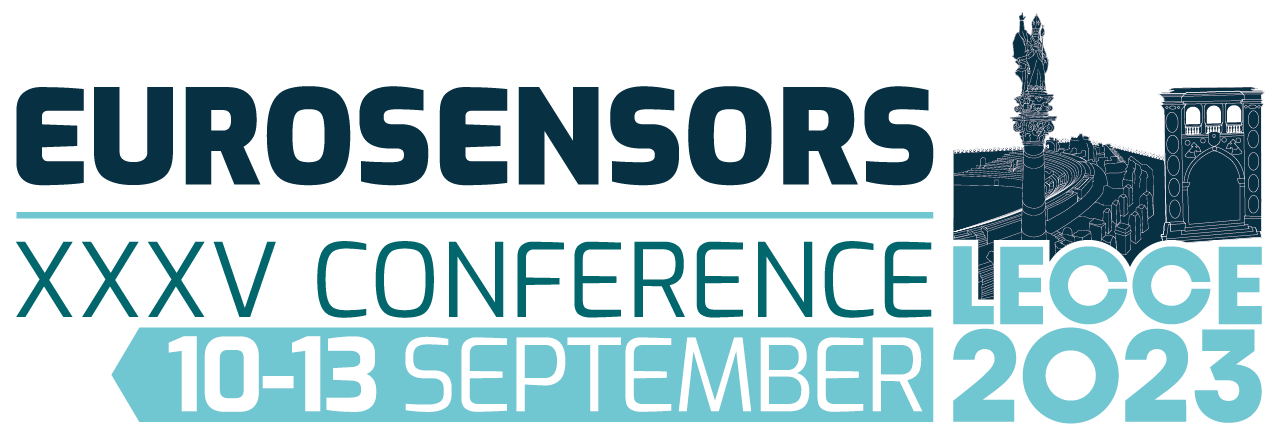
Olfaction is an evolutionary old sensory system, which provides sophisticated access to information about our surroundings. Inspired by the biological example, carbon nanomaterials-based gas sensors in combination with machine learning algorithms aim to achieve similar performance and thus to digitize the sense of smell. In this lecture, the gas discrimination and identification performance of carbon nanomaterials-based (e.g., graphene, carbon nanotubes) nanosensors are presented. Functionalized carbon nanomaterials-based nanosensor were fabricated on both single-channel gas sensor device and multiple-channel gas sensor device, and the sensing signal was acquired upon exposure to various gases. The transient features of gases were then processed from sensing signal and fed to machine learning algorithm in order to discriminate and identify gases. The developed carbon nanomaterials-based electronic olfaction system exhibits excellent gas identification performance towards various gases. The developed platform may facilitate miniaturization of e-noses, digitization of odors, and distinction of various gases, volatile organic compounds (VOCs) in emerging applications, such as pathogen detection, environmental monitoring, disease diagnosis, etc.
References
1. S. Huang et al. Carbon 173 (2021) 262.
2. S. Huang et al. Advanced Intelligent Systems 4 (2022) 2200016.
3. S. Huang et al. Physical Chemistry Chemical Physics 21 (2019) 24007.
4. A. Panes-Ruiz et al. ACS sensors 3 (2018) 79.
5. A. Panes-Ruiz et al. Nano Research 15 (2022) 2512-2521.

Olfaction is an evolutionary old sensory system, which provides sophisticated access to information about our surroundings. Inspired by the biological example, carbon nanomaterials-based gas sensors in combination with machine learning algorithms aim to achieve similar performance and thus to digitize the sense of smell. In this lecture, the gas discrimination and identification performance of carbon nanomaterials-based (e.g., graphene, carbon nanotubes) nanosensors are presented. Functionalized carbon nanomaterials-based nanosensor were fabricated on both single-channel gas sensor device and multiple-channel gas sensor device, and the sensing signal was acquired upon exposure to various gases. The transient features of gases were then processed from sensing signal and fed to machine learning algorithm in order to discriminate and identify gases. The developed carbon nanomaterials-based electronic olfaction system exhibits excellent gas identification performance towards various gases. The developed platform may facilitate miniaturization of e-noses, digitization of odors, and distinction of various gases, volatile organic compounds (VOCs) in emerging applications, such as pathogen detection, environmental monitoring, disease diagnosis, etc.
References
1. S. Huang et al. Carbon 173 (2021) 262.
2. S. Huang et al. Advanced Intelligent Systems 4 (2022) 2200016.
3. S. Huang et al. Physical Chemistry Chemical Physics 21 (2019) 24007.
4. A. Panes-Ruiz et al. ACS sensors 3 (2018) 79.
5. A. Panes-Ruiz et al. Nano Research 15 (2022) 2512-2521.